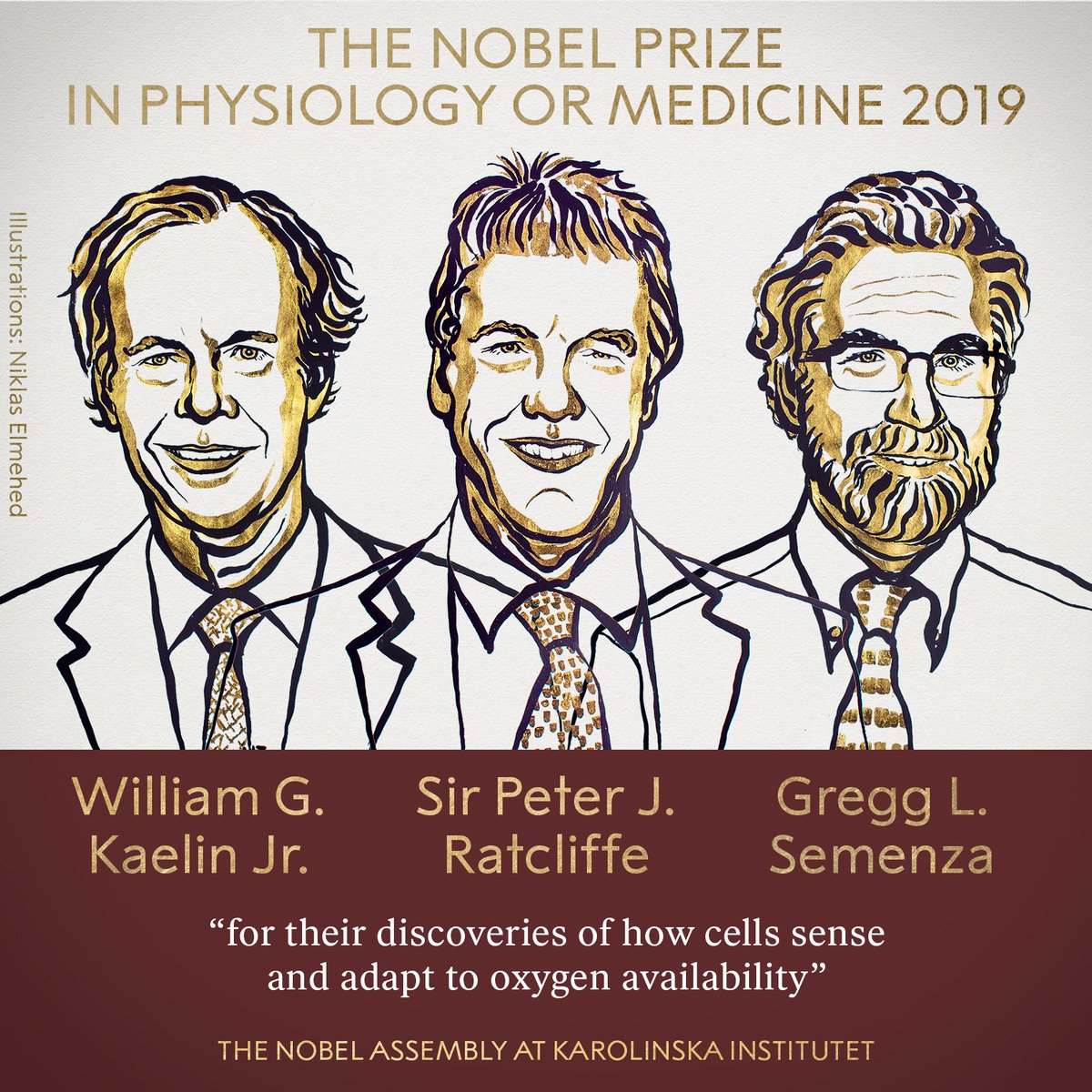Research projects
- Regulatory mechanism of energy metabolism in vivo by hypoxic response
- Regulation of in vivo energy metabolism by sulfur metabolites
- Production/degradation mechanism of phospholipids/bioactive lipids and their functions in vivo
- Mechanism of cellular senescence induced by cellular metabolism
- Identification of cancer cell-specific metabolic systems and search for therapeutic targets
- Elucidation of molecular mechanisms of cellular pathophysiological events by proteome and metabolome (including lipidome) analysis using mass spectrometry
Our experimental strategy includes biochemistry, molecular biology, cell biology, analytical chemistry, and genetics (mouse and fly).
【Keywords】
The hypoxic response, Lipid mediator, Receptor, Signal transduction, DNA damage, Omics analysis
- Regulatory mechanism of energy metabolism in vivo by hypoxia response
The hypoxic response is involved in many physiological events including metabolism, epigenetics, transcription, respiration, and redox. These are closely related to ischemia/reperfusion injury, ischemic heart disease, chronic kidney disease, obesity, cancer, and inflammation. Our lab is trying to elucidate the mechanism of metabolism regulation by the hypoxic response in vivo.
The Nobel Prize in Physiology or Medicine 2019 was awarded to Drs. William G. Kaelin Jr, Sir Peter J. Ratcliffe, and Gregg L. Semenza for their discoveries of "how cells sense and adapt to oxygen availability". Now you could tell that hypoxia biology is one of the most important, most interesting, and hottest research fields.
It was great honor that our research was featured at the Nobel Prize Lecture 2019.
- Regulation of in vivo energy metabolism by sulfur metabolites
- Mechanisms of production/degradation of phospholipids/bioactive lipids and their functions in vivo
Bioactive lipids are produced from membrane phospholipids upon various stimuli and act on their specific cell-surface receptors (G-protein coupled receptor; GPCR) of neighborhood cells. They are involved in most life activities, such as the nervous system, respiration, circulation, reproduction, and cell differentiation. In our lab, biochemical research on phospholipid metabolism and lipid mediators is conducted. Our research project aims to clarify the turnover of cell membrane phospholipids under various kinds of stimulation, the production of bioactive lipids (S1P, LPA, and cPA), signal transduction through their GPCRs, and the function of these bioactive lipids.
- Mechanism of cellular senescence induced by cellular metabolism
Normal cells are not capable of infinite proliferation. Cells isolated from various human organs stop proliferating when they reach a certain number of divisions (Hayflick limit) due to telomere shortening caused by cell division. Other stresses (DNA damage, oxidative stress, etc.) also cause cells to stop proliferating, known as cellular senescence. However, is cellular senescence a safety mechanism to prevent cancer, or do senescent cells become cancerous? What is the difference between normal, aging, and cancerous cells? Is the definition of cellular senescence the irreversible cessation of cell growth? Once a cell has aged, can it never proliferate again? In fact, many questions remain unanswered. By comparing the differences in energy metabolism between normal cells and aged cells, we are trying to answer the simple question, "What exactly is cellular senescence?"
- Identification of cancer cell-specific metabolic systems and search for therapeutic targets
We have already identified the several metabolites that might be involved in cancer cell-specific energy metabolism system. Our goal is to develop a new treatment strategy against cancer that targets the cancer-specific metabolism pathway.
- Elucidation of molecular mechanisms of cellular pathophysiological events by proteome and metabolome (including lipidome) analysis using mass spectrometry
















